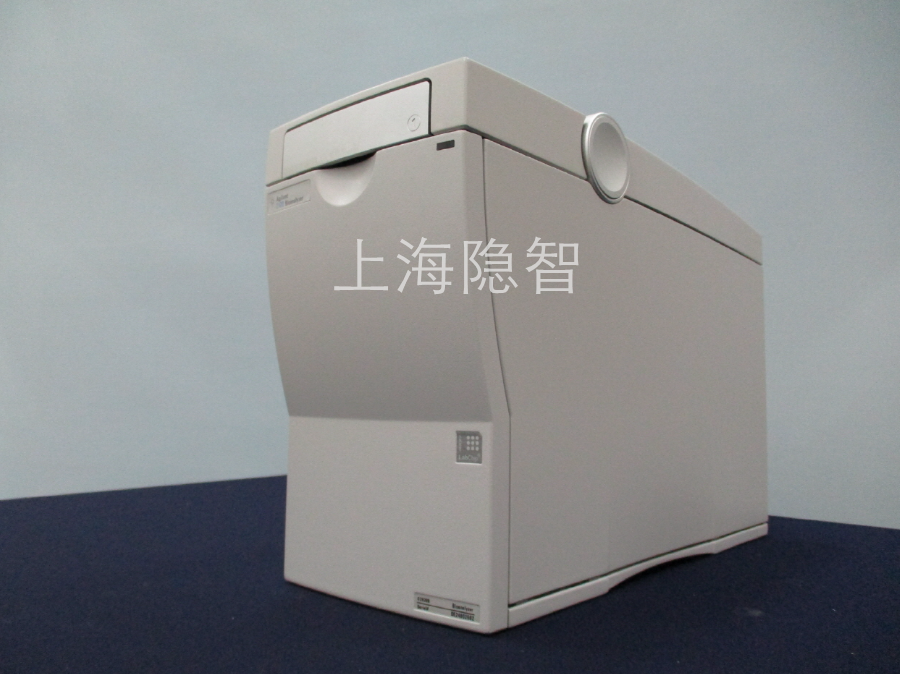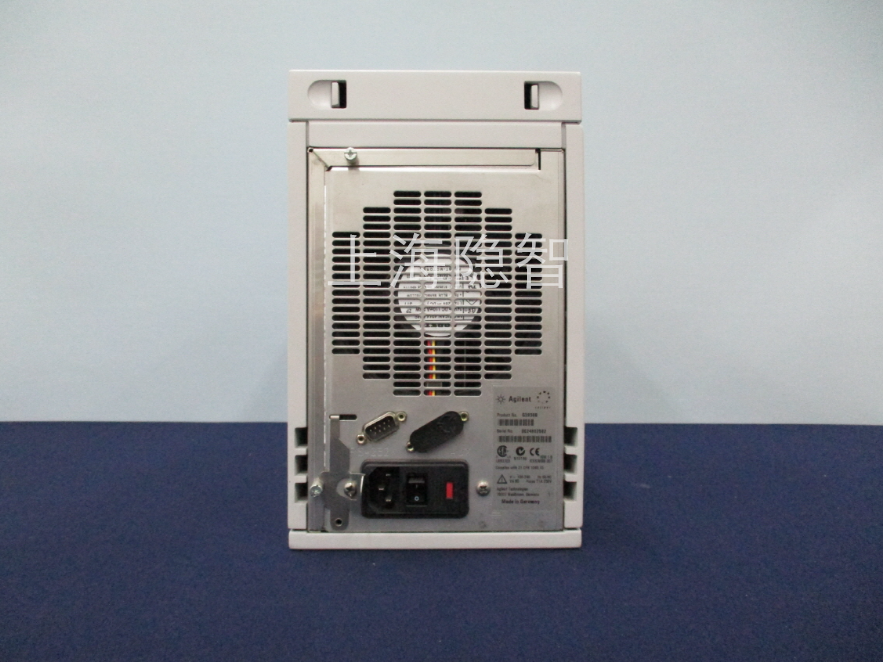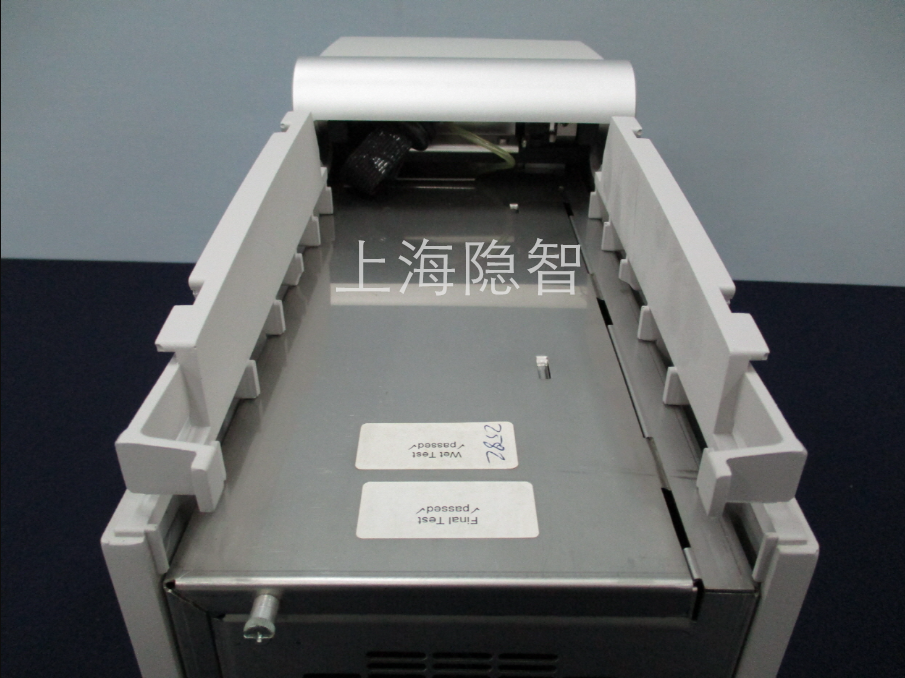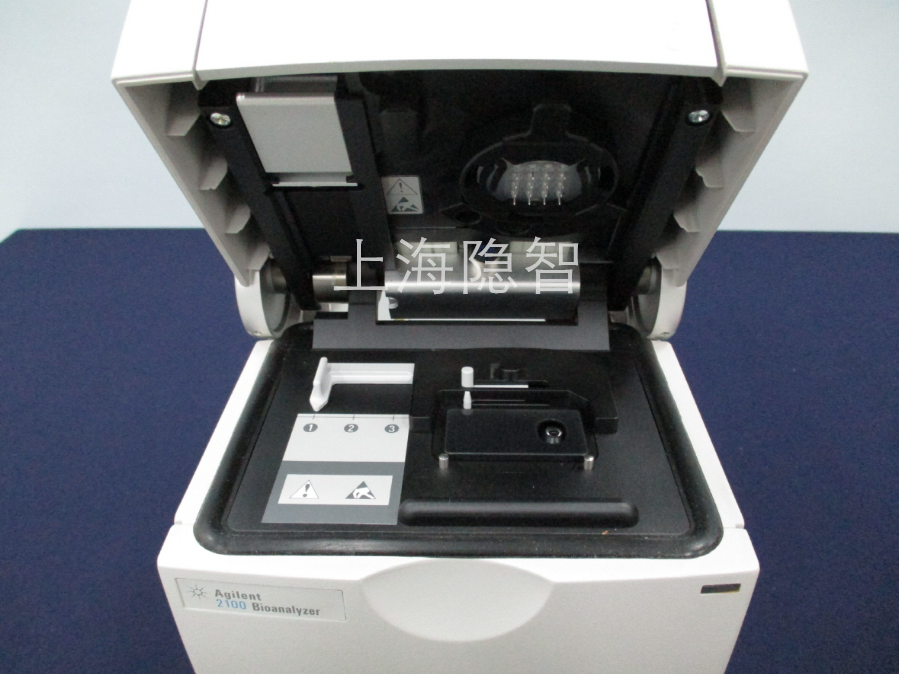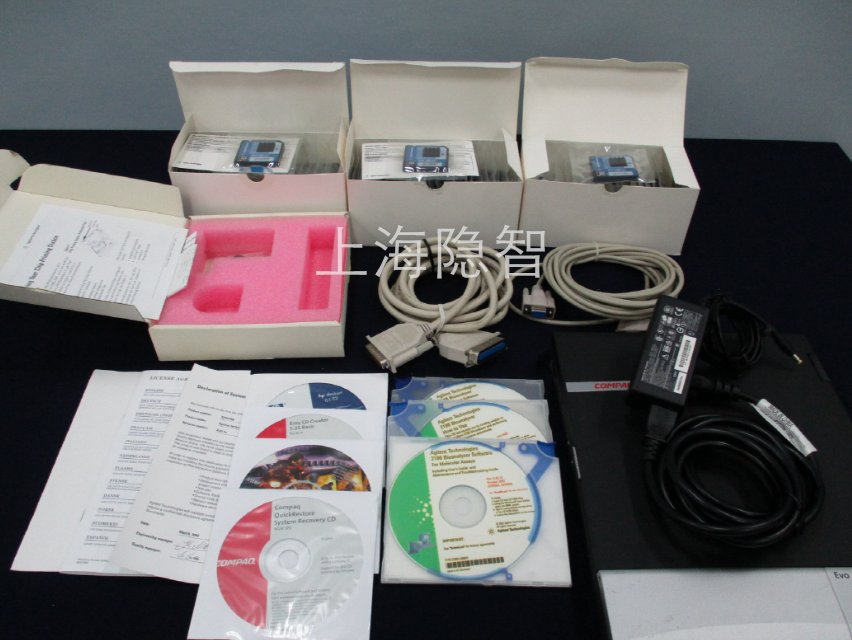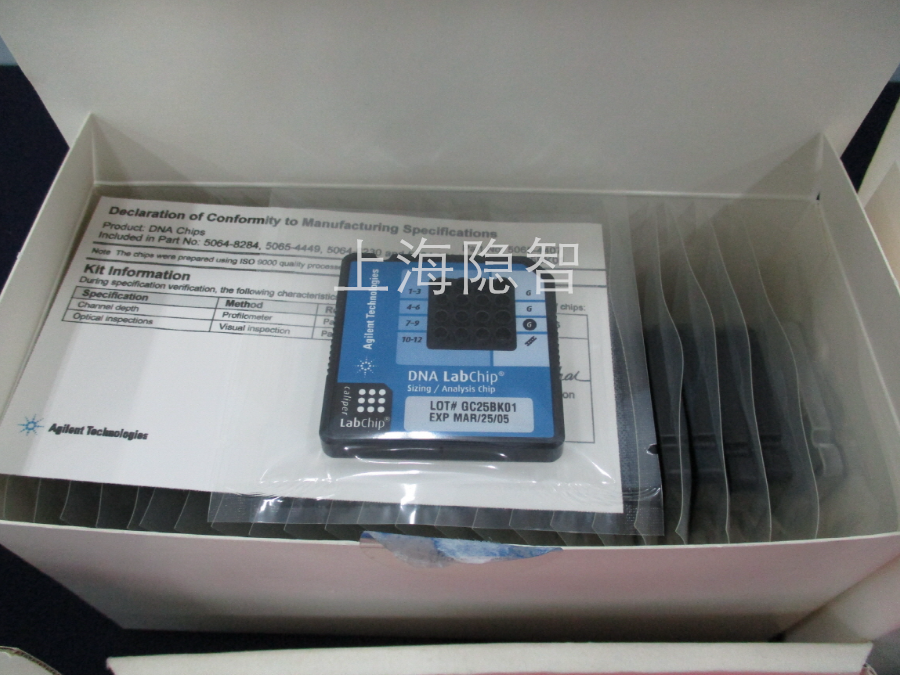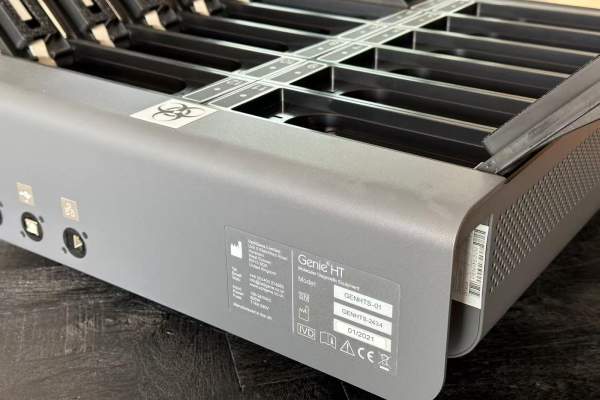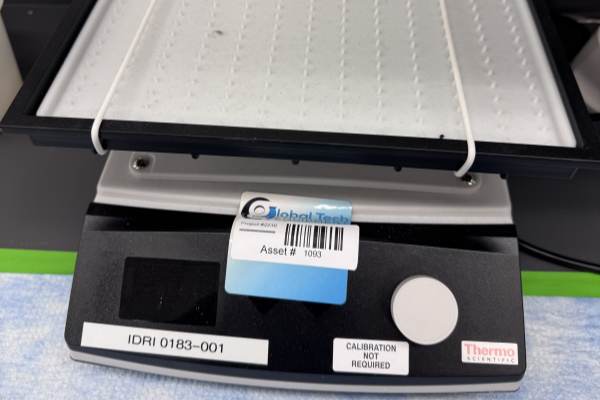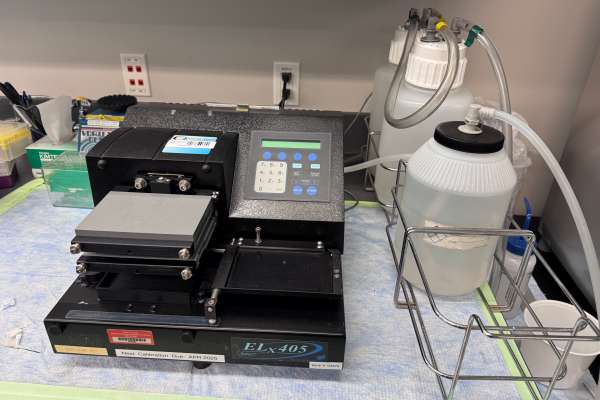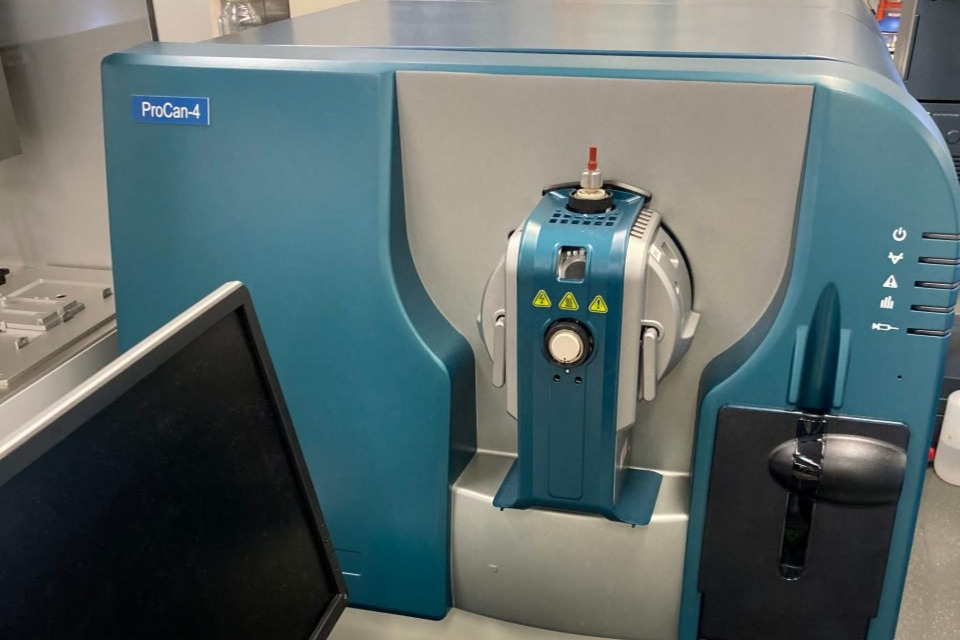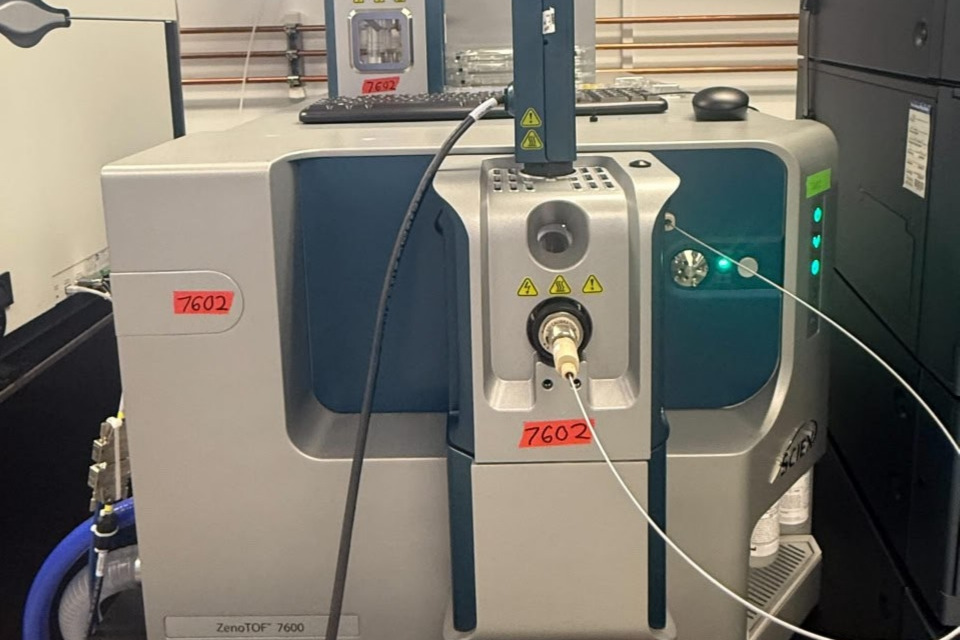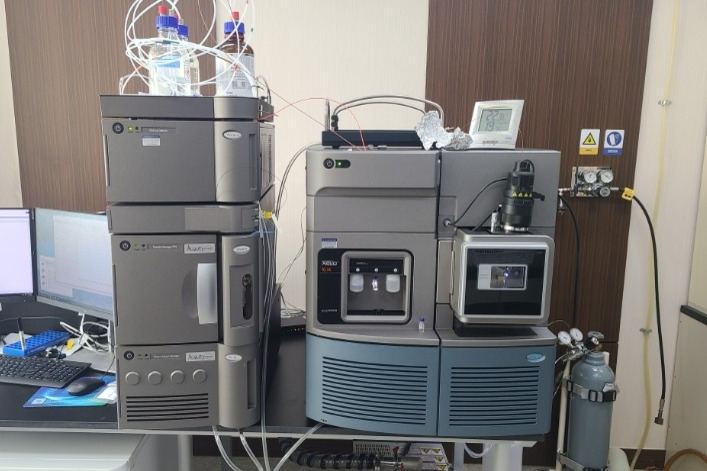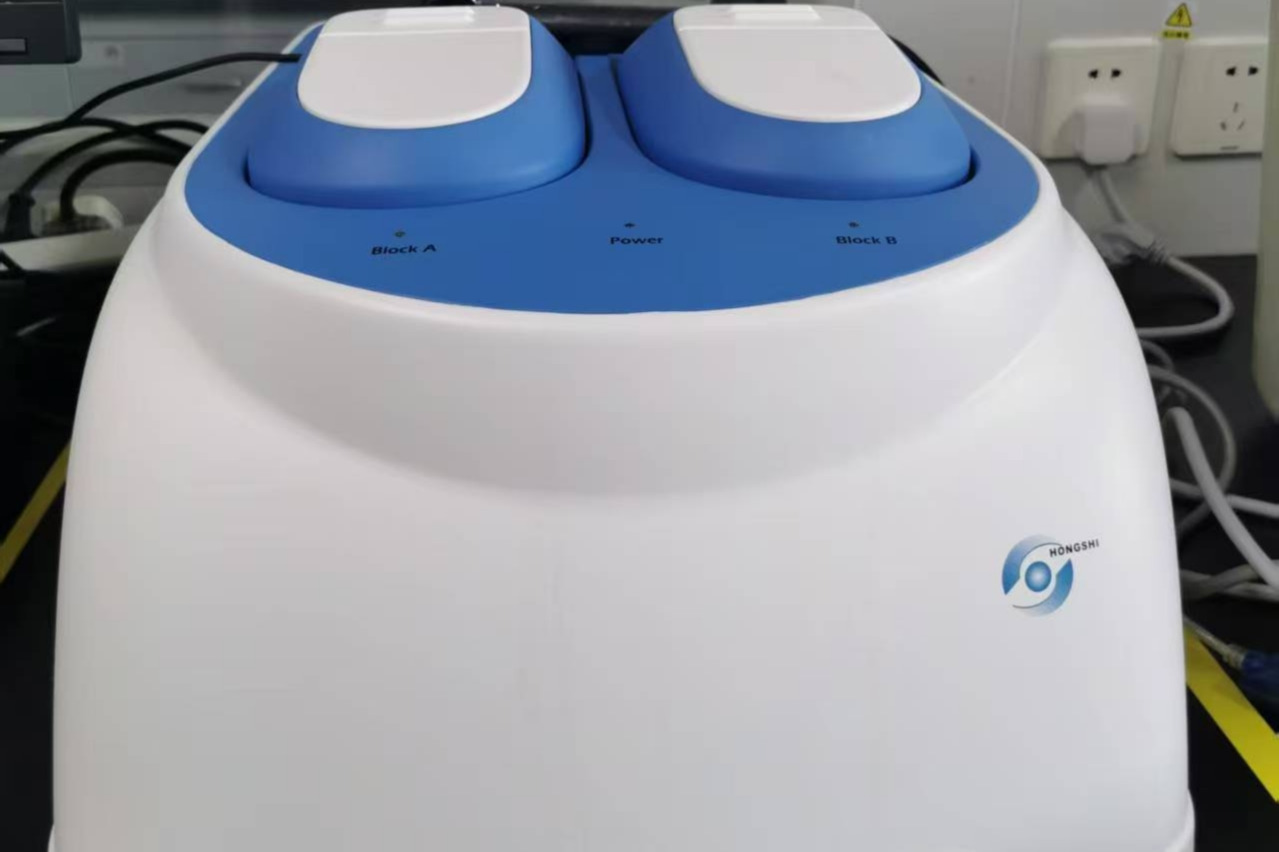Device built-in
Comprehensive Analysis of the Agilent 2100 Bioanalyzer
The Agilent 2100 Bioanalyzer is a microfluidic chip-based multifunctional biomolecular analysis platform that has become the industry standard tool replacing traditional gel electrophoresis since its introduction in 1999. This system integrates capillary electrophoresis with fluorescence detection technology, enabling molecular weight determination, quantitative analysis, and quality control of DNA, RNA, and proteins on a single platform. It finds extensive applications in genomics, proteomics, drug development, and clinical research.
Core Technical Principles and System Components
The key innovation of the Agilent 2100 Bioanalyzer lies in its microfluidic electrophoresis technology, which operates through four critical steps: (1) sample movement from loading wells along microchannels, (2) injection into separation channels, (3) component separation via electrophoresis, and (4) fluorescence signal detection converted into gel-like images and electropherograms. The system primarily consists of four components: the main instrument, chip priming station, chip vortex mixer, and 2100 Expert analysis software, utilizing standardized ready-to-use reagent kits for highly automated workflows.
Compared to traditional gel electrophoresis, this technology offers revolutionary advantages: analysis time reduced from hours to 30 minutes, sample consumption decreased to 1μL (nucleic acids) or 4μL (proteins), with sensitivity reaching pg/μL levels. The system provides two configuration options: basic (electrophoresis only) and multifunctional (combining electrophoresis with flow cytometry capabilities), featuring a compact size (290×162×412mm) and lightweight design (10kg) suitable for various laboratory environments.
Main Functions and Application Fields
In RNA analysis, the 2100 Bioanalyzer established the industry gold standard - the RNA Integrity Number (RIN). The RIN scale (1-10) objectively evaluates RNA degradation: >7 indicates high quality, 6-7 partial degradation, and <6 poor quality. Combined with 28S/18S ribosomal RNA ratio analysis (ideal value 1.8-2.0), it serves as a critical quality control indicator prior to next-generation sequencing. The system can analyze total RNA, mRNA, and small RNA with detection limits as low as 5ng/μL (qualitative) or 25ng/μL (quantitative).
For DNA analysis, the system supports fragment separation and quantification in the 25-12,000bp range with resolution up to 3bp. It's particularly valuable for monitoring DNA fragmentation efficiency and library construction quality control in next-generation sequencing (NGS) workflows. The high-sensitivity DNA kit can detect DNA concentrations as low as 0.1ng/μL and excels at identifying non-specific amplification in PCR products.
In protein analysis, the system replaces cumbersome SDS-PAGE techniques, completing molecular weight (14-200kD), purity, and concentration analysis for 10 samples in 30 minutes, with sensitivity comparable to silver staining. The Protein 250 kit can even detect low-abundance proteins at 1pg/μL with a dynamic range spanning four orders of magnitude.
Operational Advantages and Technical Features
The user-friendly operation of the Agilent 2100 Bioanalyzer stands out, requiring just three steps: sample loading (gel-dye mixture + sample), mixing (2400rpm vortexing), and instrument analysis. The 12-sample channel design supports high-throughput analysis, enabling automatic detection of 12 nucleic acid or 11 protein samples within 30 minutes.
The system provides digital data output, presenting results as gel-like images, electropherograms, or tabular formats for easy archiving, sharing, and publication. Pre-packaged reagent kits ensure experimental reproducibility, typically with RSD below 2.5%. An optional 21 CFR Part 11 compliant software package meets requirements for regulated environments like pharmaceutical QA/QC.
Typical Application Scenarios
In clinical research, the system evaluates nucleic acid quality in FFPE (formalin-fixed paraffin-embedded) samples, providing reliable data for tumor molecular diagnostics. In the biopharmaceutical sector, it supports antibody drug purity analysis and stability studies. For basic research, it serves as an ideal tool for guide RNA quality control in CRISPR gene editing experiments. Institutions like the Chinese CDC have incorporated it into standardized protocols for Mycobacterium tuberculosis DNA integrity analysis.
With its versatility, high sensitivity, and operational convenience, the Agilent 2100 Bioanalyzer has become an indispensable platform in modern biological laboratories. Current data shows over 7,000 units installed globally, with more than 10,000 literature citations including research published in top-tier CNS journals, demonstrating its critical role in life science research.


